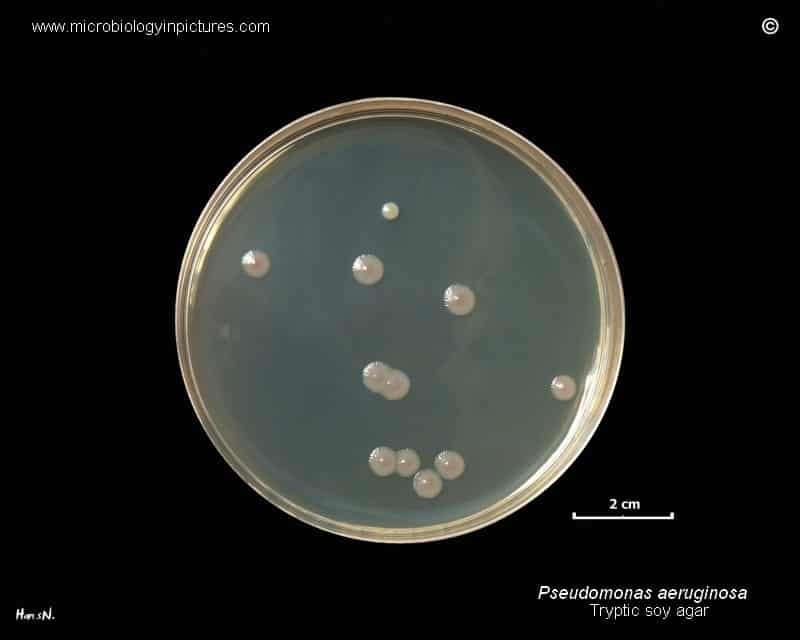What It Is
Pseudomonas aeruginosa is a Gram-negative, rod-shaped, motile organism (polar flagella) which characteristically produce water-soluble pigments which diffuse through the medium. The best known are pyocyanin (blue-green), pyoverdine (yellow-green, fluorescent), and pyorubin (red-brown, produced by a small proportion of strains). It is commonly found free living in moist environments but is also a pathogen of plants, animals, and humans.
How It Contaminates
Pseudomonas bacteria can be found naturally in the ground and within drinking water sources such as aquifers. Conventional drinking water treatment systems can remove or inactivate these bacteria, but they may continue to multiply within finished drinking water attachments and can cause negative health effects in humans under certain conditions.
Dangers
Pseudomonas aeruginosa is an opportunistic pathogen that infects burns, wounds, surgical incisions and sites of catheterization. It’s the most common cause of infections of burn injuries and of the outer ear (otitis externa). It can, in rare circumstances, cause community-acquired pneumonias, as well as ventilator-associated pneumonias.
Escherichia coli Basics
- GRAM-NEGATIVE RODS
- MOTILE
- NON-SPORE-FORMING
- CATALASE: POSITIVE
- OXIDASE: NEGATIVE
- FACULTATIVELY ANAEROBIC
FURTHER INFORMATION: MicrobiologyInPictures Pseudomonas Page

